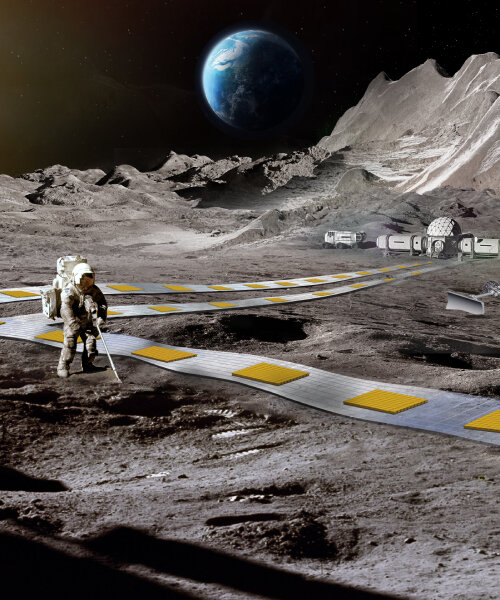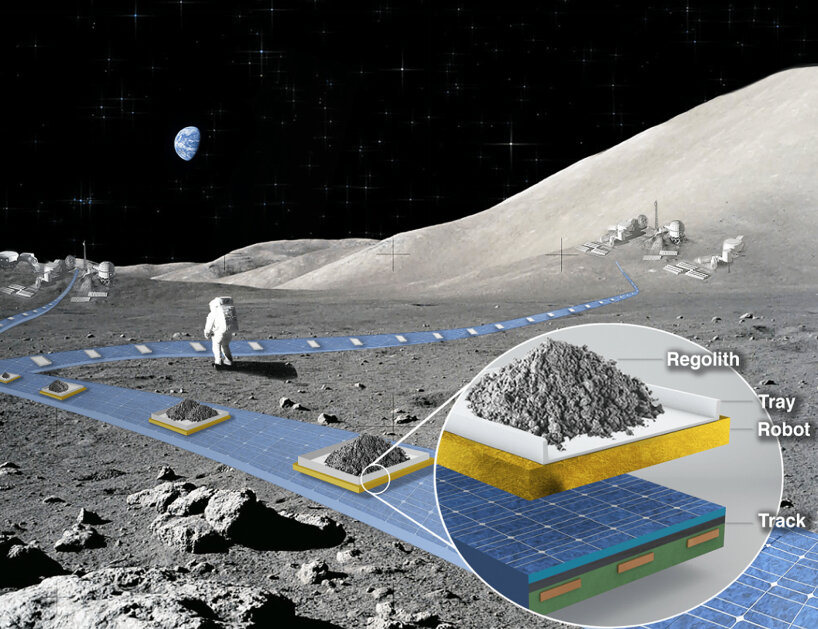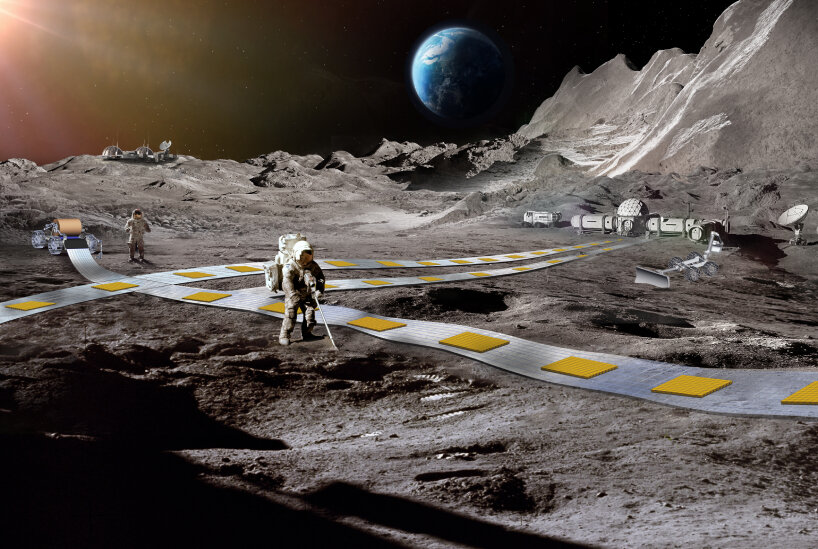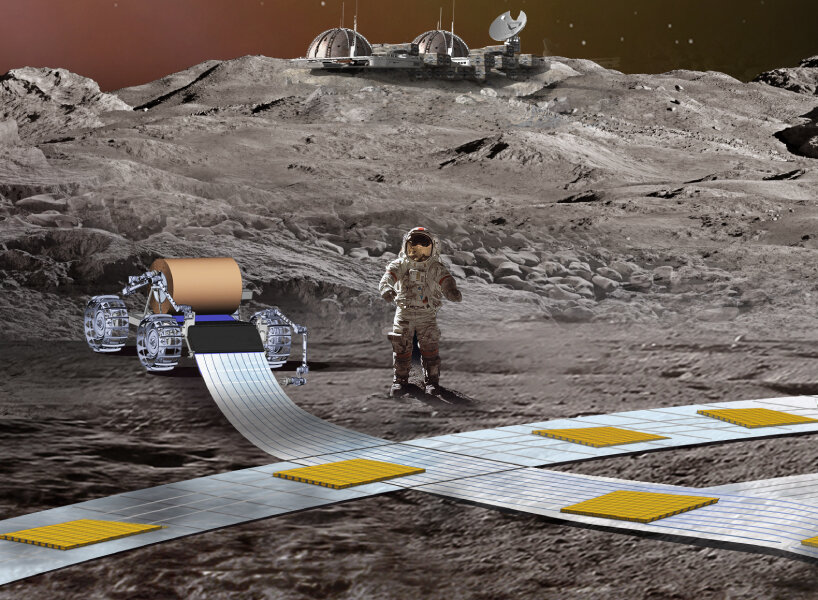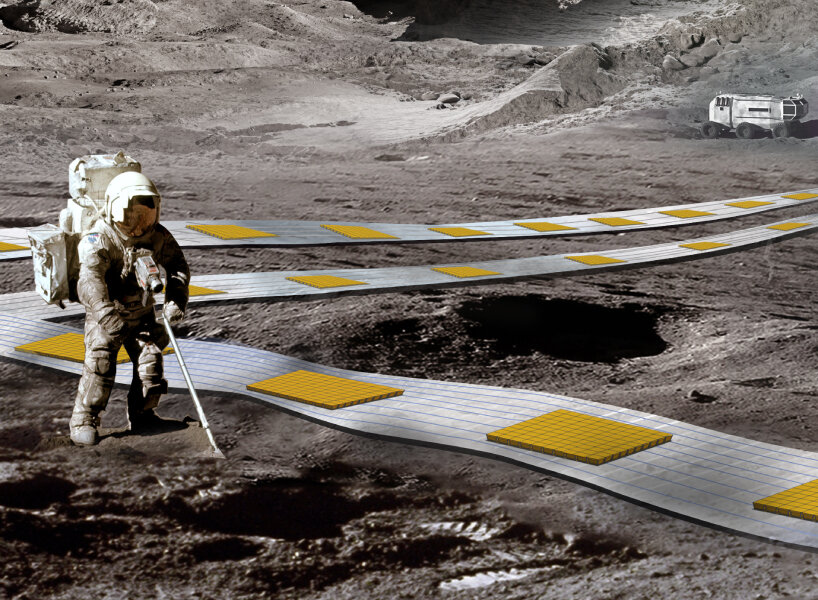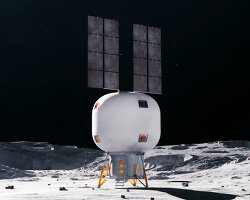KEEP UP WITH OUR DAILY AND WEEKLY NEWSLETTERS
happening now! for over 50 years, florim ceramiche spa has been creating porcelain stoneware ceramic surfaces for all architecture, building industry and interior design needs – explore the new mystic luxe collection on designboom!
PRODUCT LIBRARY
designboom is presenting the sound machines of love hultén at sónar festival in barcelona this june!
connections: 79
BMW releases the upgraded vision neue klasse X, with a series of new technologies and materials especially tailored for the upcoming electric smart car.
following the unveiling at frieze LA 2024, designboom took a closer look at how the color-changing BMW i5 flow NOSTOKANA was created.
connections: +640
each unit draws inspiration from emergence, featuring a hexahedron-based structure that facilitates integration into larger systems.
connections: 98
